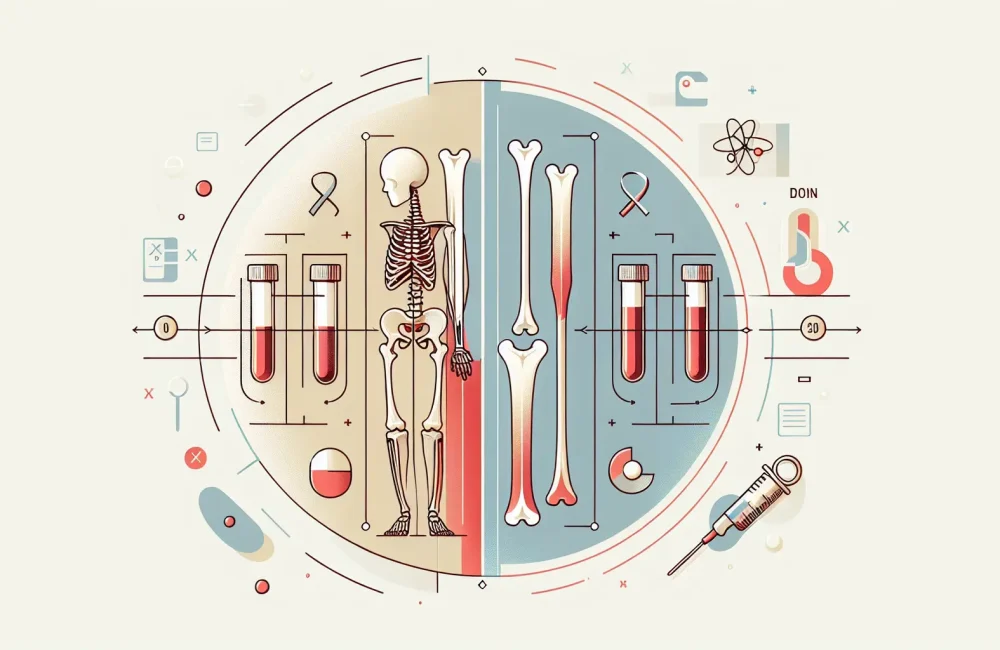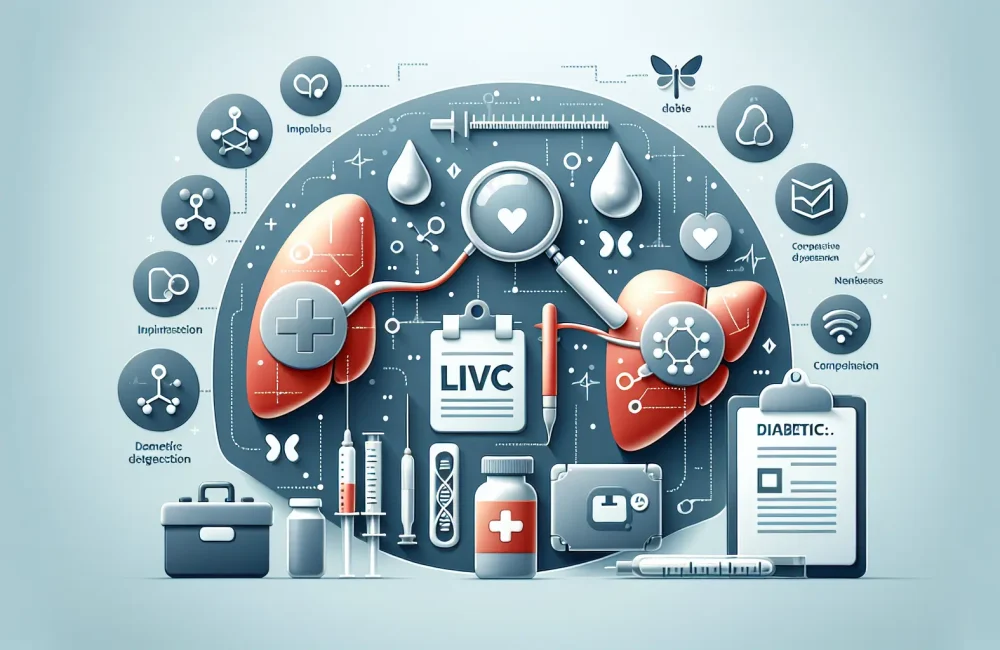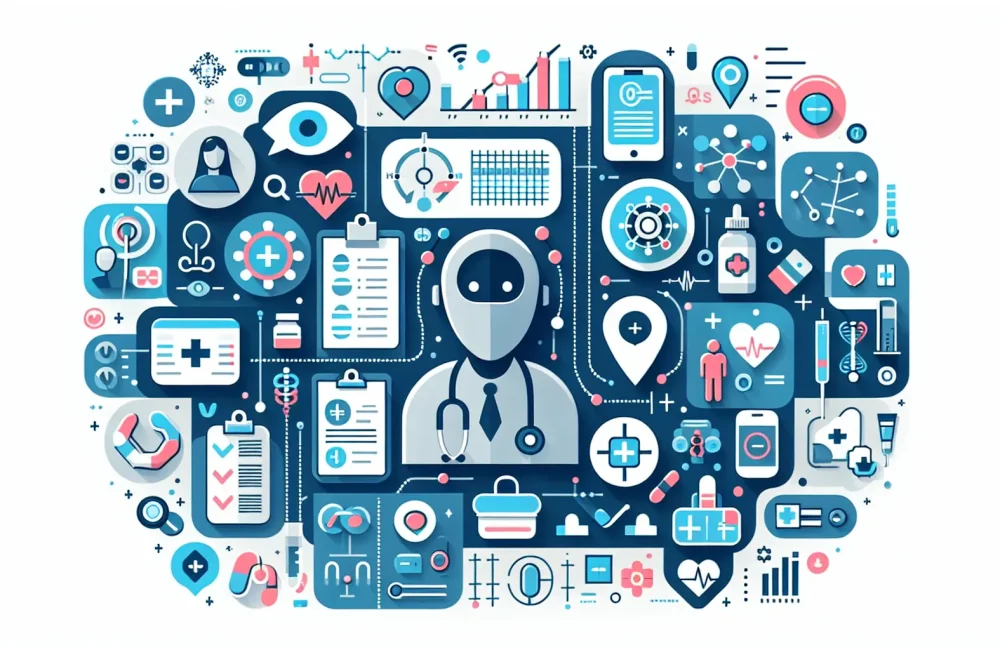By CAFMI AI From npj Aging (Open Access)
Understanding Digital Twins in Metabolic Health
Digital twins represent an innovative tool in optimizing metabolic health by creating individualized computer models that mimic a person’s unique metabolic and physiological states. These models are built by integrating a wide array of data, including genetic information, protein levels, metabolites, and lifestyle factors. For clinicians, particularly primary care physicians, this technology offers a dynamic way to predict how metabolic diseases might progress and how patients could respond to different treatments. Unlike traditional methods that rely on static measurements and broad guidelines, digital twins provide a personalized and continuously updated picture of a patient’s health. This capability is powered by machine learning algorithms combined with mechanistic modeling that updates as new data from wearable devices and medical records become available, enabling more precise monitoring and intervention planning.
Clinical Applications and Benefits for Patient Care
The use of metabolic digital twins has several practical applications that are especially relevant for primary care settings. These digital models can support precision nutrition recommendations tailored to individual metabolic profiles, enhancing diet plans to prevent or better manage conditions like diabetes and obesity. They also offer the potential for targeted treatments that address the patient’s unique metabolic responses, improving medication effectiveness and reducing side effects. From a preventative standpoint, digital twins help clinicians shift toward anticipatory care, allowing early identification of disease risk before symptoms arise. This proactive approach can significantly improve outcomes and reduce healthcare costs by preventing complications through timely lifestyle or therapeutic interventions. Additionally, integrating digital twins into routine clinical workflows could streamline decision making and patient monitoring through accessible and interpretable digital health data.
Challenges and Future Perspectives in Primary Care Integration
Despite their promise, the deployment of digital twins in primary care faces several challenges. Data privacy is a critical concern given the extensive personal information required to create accurate models. Ensuring model transparency and interpretability is essential so that clinicians can trust and effectively use digital twins in patient management. Moreover, integrating these advanced computational tools into existing clinical workflows and electronic health systems requires careful design to support ease of use and clinical utility. Looking forward, overcoming these hurdles will enable digital twins to become a central component of metabolic health management, fostering more personalized, adaptive healthcare approaches. For primary care physicians, this means a future where metabolic disease prevention and management are more precise, efficient, and tailored to each patient’s unique biology and lifestyle.
Read The Original Publication Here






